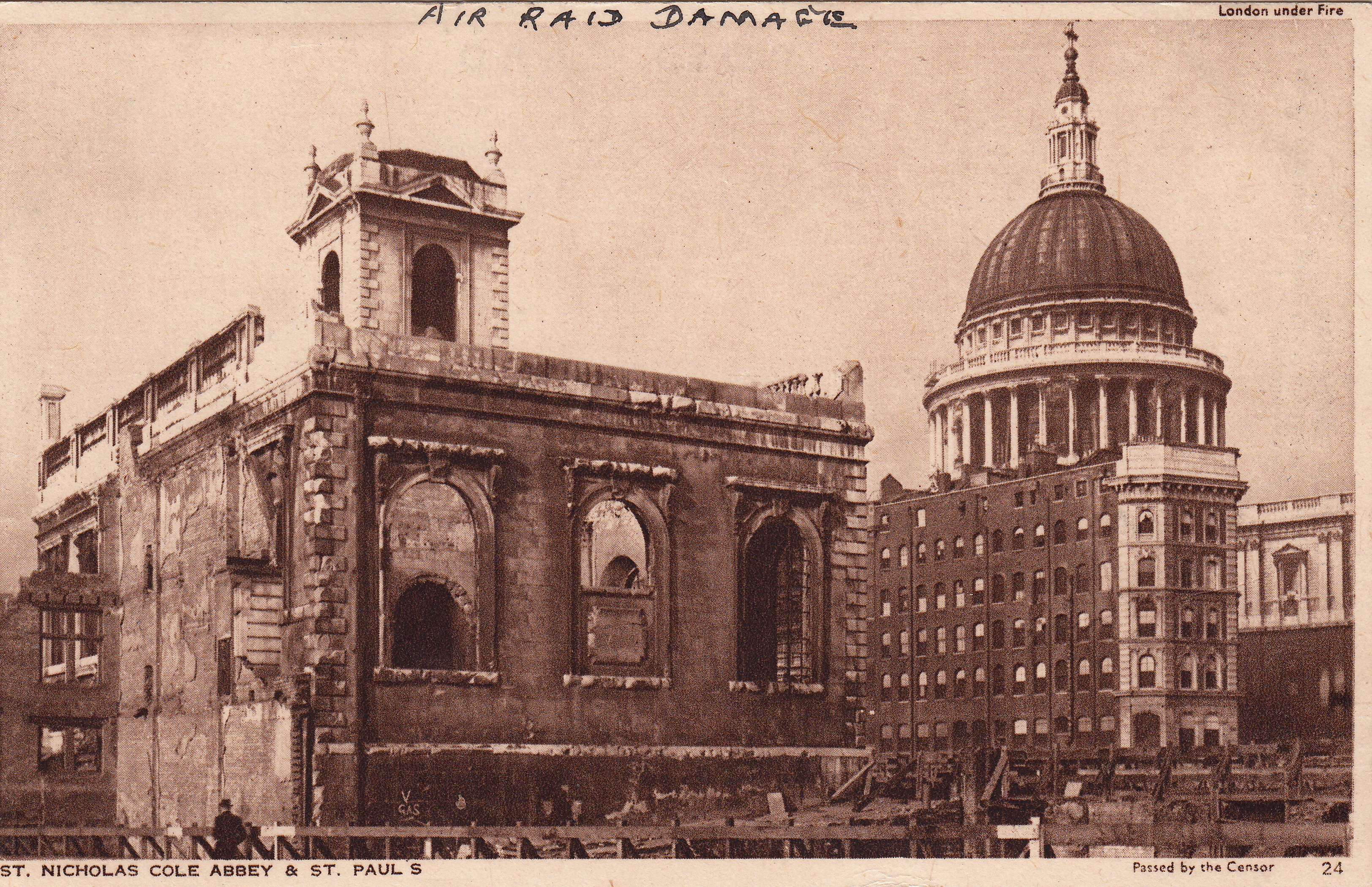Reviewed by Oliver Parken
Memories of Britain’s war continue to soothe a fragile national psyche. Brexit and the Coronavirus pandemic, two of the greatest political challenges in living memory, have often been unambiguously linked with the myths of Britain’s war. Given the recent turn to the right in mainstream British politics and the conservative underpinnings of Britain’s war memory, politicians and commentators draw freely from the past to provide stability in the present. Britain ‘stood alone’ in forging a Brexit deal as it did against continental Europe in 1940. Beating Covid-19 demands a pulling-together and sacrifice of civil liberties of society reminiscent of the ‘Blitz spirit’ (itself part of a larger, more egalitarian framing of the war which nonetheless feeds into right-wing narratives).
Yet these memories of Britain’s war – the Island race ‘at bay’ against reoccurring threats from the outside – make for problematic and uncomfortable historical comparisons. Historical myths can be pulled and moulded to fit virtually any political position. It remains important, perhaps more important than ever, to question the legitimacy of these historical comparisons and the myths on which they are founded. It is here that Alan Allport’s Britain at Bay shines most brightly.
This line of inquiry is by no means new to scholars. Nor is the scope (and size) of Allport’s book. Britain at Bay, the first of a two-volume history of Britain’s Second World War, follows hot on the heels of Daniel Todman’s two volume Britain’s War (2016 and 2020) and Jonathan Fennell’s Fighting the People’s War (2019). This renaissance in scholarship on Britain’s war begs the question; do we need another history? The answer is undoubtedly yes. Covering the period from the Sudeten Crisis to the summer of 1941 (and providing critical context from the 1930s broadly), Allport charts the major social, political, military and economic markers of the first ‘half’ of the war. Opening with a comparison to Britain’s self-image as a race of peaceable ‘Shire-folk’ (referencing J. R. R. Tolkien’s beloved hobbits), Allport plots the inaccuracies in this projection of the nation. Britons in the late-1930s/early-1940s were less tolerant and unified than Tolkien’s home-loving creatures. Other myths and historical misunderstandings are corrected throughout the book. Chamberlain oversaw an ambitious re-armament programme in the late-1930s. The Spitfire was downplayed by aviation officials prior to the Battle of Britain. Churchill’s rise to power in May 1940 relied on specific timing factors rather than any claim to ‘destiny’. More than its myth-busting, Britain at Bay constitutes as genuinely original contribution to the field by choosing references points which depart from the standard narrative of the war. From details on IRA bombings to an extended synthesis on the Battle of the Atlantic, Allport successfully disrupts the popular memory of the war from start to finish––resulting in a more rounded civil/military history of Britain’s war.
Any work on Britain’s Second World War cannot claim to be ‘total’, and natural omissions are to be expected. For all its narrative re-framing, Britain at Bay engages little with the cultural dimensions of the war. More could have been made of the wider representations of conflict in circulation at the time (in film, literature, and through media outlets) and their implications for the broader story Allport weaves. But these are minor quibbles.
In perhaps its crowning achievement, Britain at Bay places the reader in the present tense throughout. At each stage of the war, the future is demarcated as an unknown landscape of infinite possibilities. This has very powerful implications for our understanding of the conflict. The traditional chronology of Britain’s war, critical to underpinnings of many of its myths, is de-stabilised. What we are left with is a nuanced and sensitive reading of events in which established causation isn’t taken for granted. This, in turn, strips the validity of contemporary uses of war memory and war myths for political purposes. Lessons can be drawn from the past; blueprints for overcoming sizeable obstacles, especially those based on ideas of unwavering national character, cannot. Britain at Bay serves as an important contribution to scholarship on the Second World War appealing to both academics and general readers.
Britain at Bay 1938–1941: The Epic Story of the Second World War, by Alan Allport (London: Profile Books, 2020; 590pp.; £25.00).
Oliver Parken is a PhD candidate, and previously Assistant Lecturer, at the University of Kent’s Centre for the History of War, Media and Society. He is currently finalising a thesis titled ‘War and Belief: Heterodoxy in Second World War Britain’, which explores the cultural shaping of non-standard beliefs as part of the wider dynamics of the ‘people’s war’ at the home and fighting fronts.
Image Credit: 24. St Nicholas Cole Abbey & St. Paul’s (1941) CC BY 2.0 by Pellethepoet/Flickr

